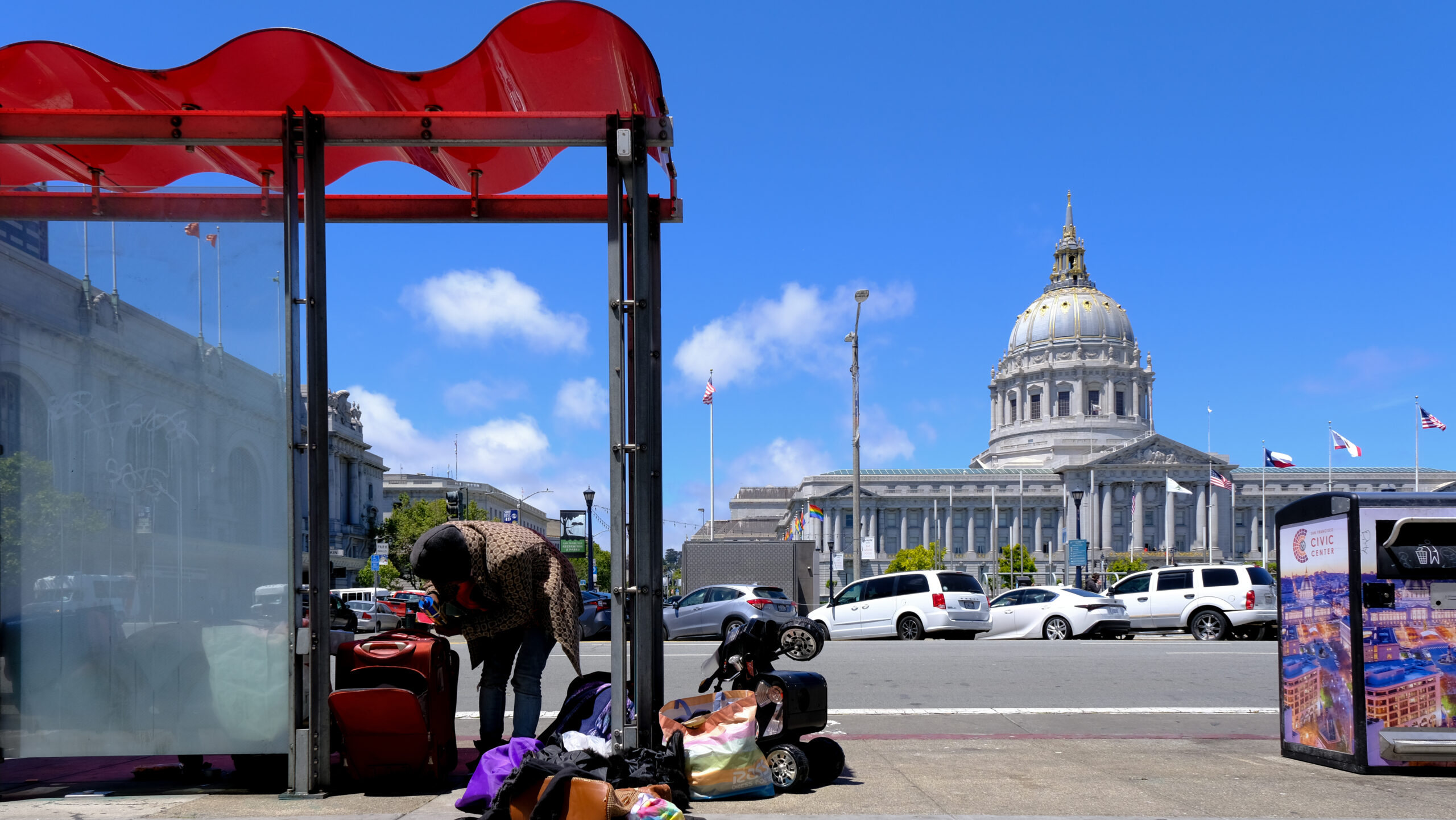The Department of Emergency Management released an outline Tuesday of how it intends to fulfill the mayor’s state of emergency plan in the Tenderloin.
The plan, described in a brief document sent to the Board of Supervisors, includes three main components: establishing connections to resources, intervening in street activity and investing in infrastructure. The plan aims to address what it identifies as seven priority problems in the Tenderloin, including a lack of shelter and resources, drug dealing, lack of safe passage, waste and debris, high levels of 911 medical calls, open-air drug use and violent crime.
The authorization of the state of emergency, which was passed early Friday morning, lifts certain checks on the mayor, giving her the power to make changes to the budget, introduce infrastructure and make hires without the hindrance of bureaucratic red tape.
In order to address open-air drug dealing, the plan proposes a disruption and intervention strategy that includes street engineering and infrastructure modifications and fixes.
Also mentioned is the implementation of a linkage center that people can “voluntarily go to find respite from the streets and gain access to a wide variety of resources.”
During a 10 hour meeting last week that lasted into early Friday morning, several supervisors pressed Mary Ellen Carroll, director of the Department of Emergency Management, for clarity on what the mayor intended to do with the special powers granted by the state of emergency declaration.
Carroll said that while they did have a draft ready on Thursday, her team was hustling to finalize its details and made a verbal promise to provide the Board of Supervisors with a formal outline of the mayor’s plan by Monday, Dec. 27.
The plan was released Tuesday and closely resembles a draft plan for addressing the Tenderloin crisis prepared for Mayor London Breed and dated Nov. 24, over 3 weeks prior to the emergency declaration.
Breed introduced the emergency declaration a week after meeting with a group of parents in the Tenderloin that had been protesting for safer conditions. The plan presented Tuesday includes an investment in community ambassador programs and school crossing guards as well as regular block parties and other community beautification efforts.
Those in opposition to the mayor’s emergency declaration asserted that it was inextricably tied to her recent rhetoric advocating for the arrest of drug users.
While an emergency declaration does grant Breed sweeping powers to make changes to the budget, her office made an “unequivocal” promise on Thursday to refrain from adding any funds to the police.
The plan released Tuesday places an emphasis on intervention strategies, including a focus on coordination with law enforcement particularly when it comes to street vendors.
But regardless of Thursday’s vote, the mayor had already declared her intentions to flood the Tenderloin neighborhood with cops, which is within the realm of her usual power.
A Tenderloin Emergency Initiative will hold daily meetings, weekly stakeholder updates and recurring community town halls. Short-term success metrics listed in the plan include fewer overdoses, less tents and a decrease in open-air drug dealing.
